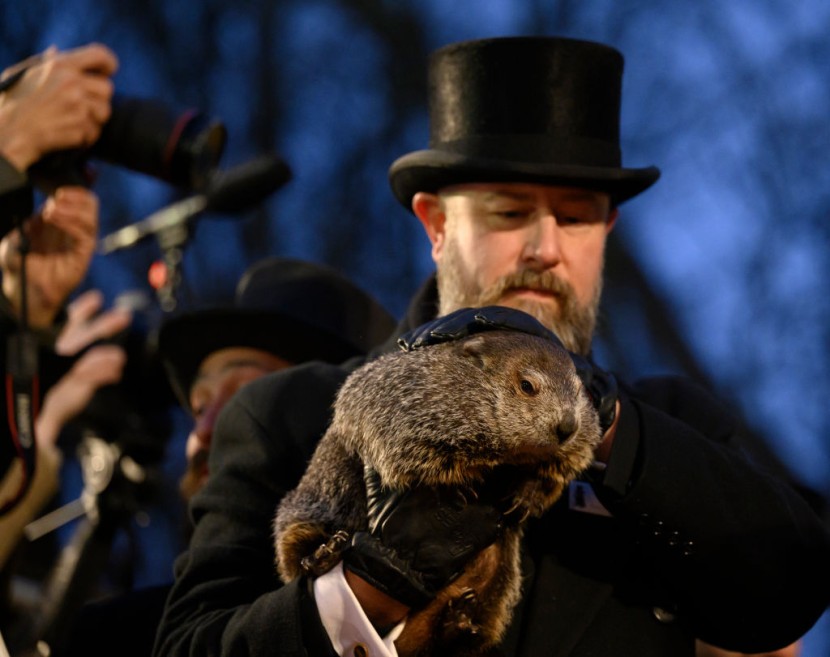All three prominent groundhogs from the US East Coast have predicted an early spring for this year's Groundhog Day event on Friday (Feb. 2).
Punxsutawney Phil from Pennsylvania and Staten Island Chuck from New York, the unofficial rivals of the weather prediction event, have both failed to see their shadows, which indicated an early spring. The prediction was further solidified by Gen. Beauregard Lee out of Jackson, Georgia when he too did not see his shadow.
Groundhog Day and Candlemas
The tradition of relying on groundhogs, if there would still be six weeks of winter or early spring, began with German immigrants in Pennsylvania and their superstition. According to legend, if a groundhog emerged from its burrow and saw its shadow, it would retreat underground and there would be six weeks of winter.
However, back in the German homeland in Europe, it was called "Grundsaudaag," and the badger was the one that purportedly made the prediction every 2nd of February.
The day is also celebrated by liturgical Christians as the Feast of the Presentation of the child Jesus in the Temple of Jerusalem and that of the Purification of the Virgin Mary, more known as "Candlemas."
Chronologically, February 2 is the 40th day after December 25 - Christmas Day - and in the tradition of the Western Christians, the hymn to the Virgin Mary titled "Alma Redemptoris Mater," used every Advent and Christmas, would be replaced with "Ave Regina Coelorum" for the period between Feb. 3 and Holy Week, which preceded Easter.
In the Hispanic world, Candlemas coincides with the feast of the Virgin Mary under the title "Nuestra Señora de la Candelaria" or "Our Lady of the Candles." In this feast, Catholic priests bless candles that would be used for the duration of the year, with major fiestas happening in the Spanish Canary Islands, the towns of Silang (Cavite), Candelaria (Quezon), and Jaro (IloIlo) in the Philippines, Puerto Rico, Mexico, and Peru.

Are groundhogs accurate?
Ever since recorded predictions began in 1887, Punxsutawney Phil has been the sole groundhog predicting whether there would be an early spring or six more weeks of winter. In the 1980s, he was joined by Chuck and Beauregard Lee to compare which of them were right.
Scientifically, groundhogs are not necessarily accurate in predicting spring.
The National Oceanic and Atmospheric Administration (NOAA) reported that Phil, in particular, was only right less than half of the time at 39%, with Chuck statistically scoring more.
In the last three years alone, Phil's predictions of six more weeks of winter were wrong, CBS News reported.
Aside from groundhogs, several places have also used other animals to predict the end of winter and the beginning of spring, Fox Weather added.








